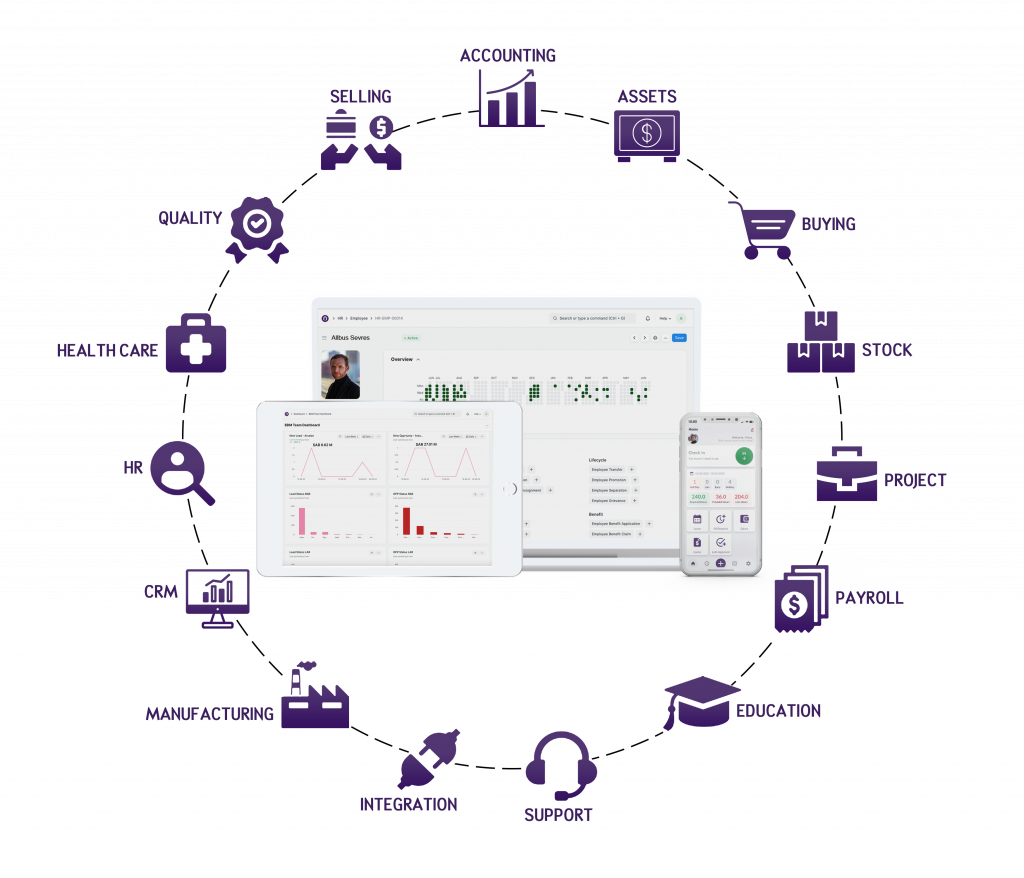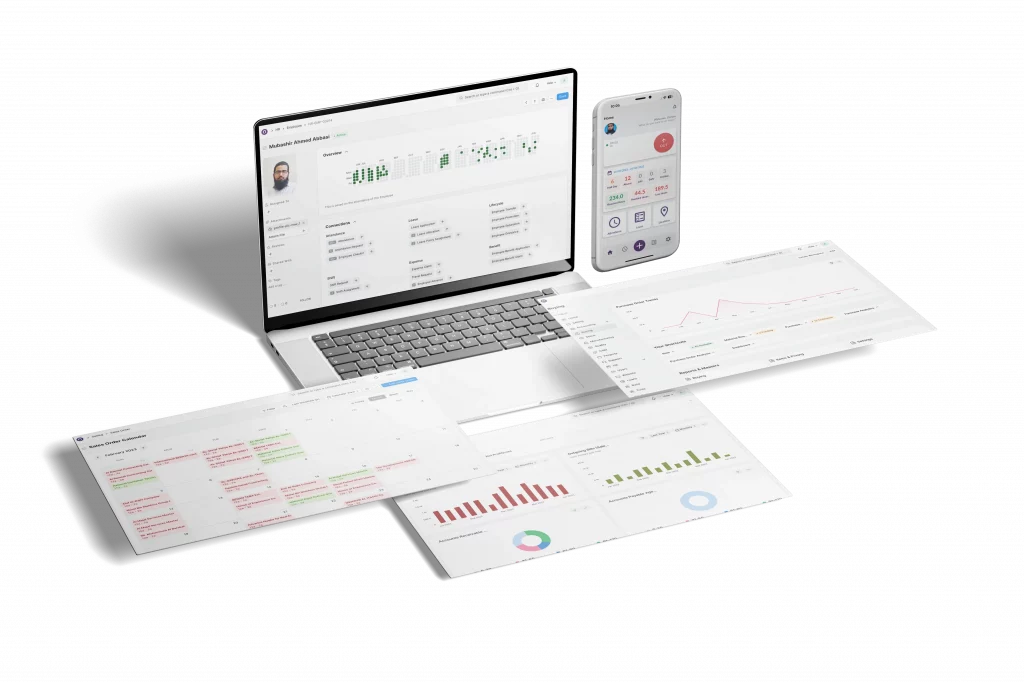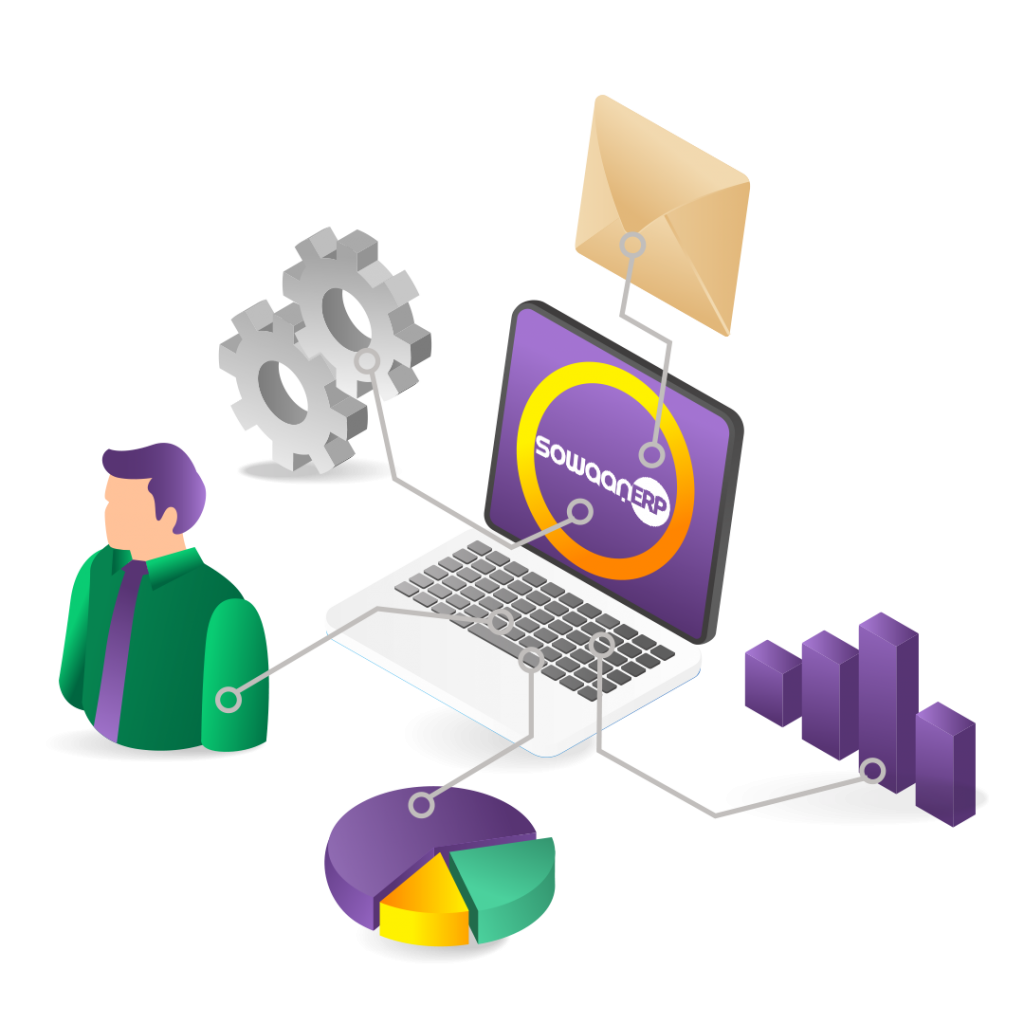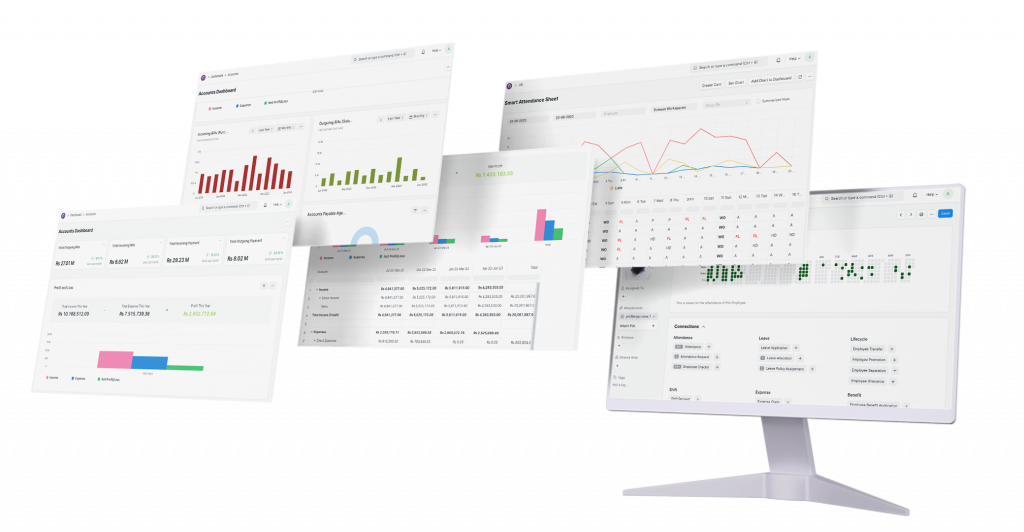ERP, or Enterprise Resource Planning, is a powerful tool that consolidates core business processes, such as finance, HR, manufacturing, supply chain, services, and procurement. In essence, it’s the backbone of an organization’s operations.
Today’s best ERP software in USA has evolved far beyond their initial designs. They are no longer basic systems; instead, they leverage cutting-edge technologies like artificial intelligence (AI) and machine learning. These modern ERP solutions offer intelligent automation, heightened efficiency, and real-time insights across businesses.
Cloud-based ERP solutions have become particularly popular. They connect internal operations with global business partners and networks, fostering collaboration and agility. This connectivity also accelerates the speed of business transactions, providing companies with a competitive edge.


ERP, short for Enterprise Resource Planning, is often likened to the “central nervous system” of a business. This software system is crucial as it facilitates the automation, integration, and intelligence needed for efficient day-to-day operations. It is a hub for all organizational data, providing a unified and accurate view across the business.
Each department in an organization relies on ERP. Finance uses it for swift book closure, while sales manage customer orders through it. Additionally, logistics departments depend on ERP to ensure timely and accurate deliveries, and accounts payable utilizes it to settle supplier payments promptly and accurately. Management garners an immediate overview of company performance via ERP to make informed decisions. Moreover, banks and shareholders require precise financial records, which are facilitated by ERP systems.
The growing importance of ERP in businesses is evident from its increasing adoption rate. As per G2, the global ERP software market is poised to hit US$78.40 billion by 2026, reflecting a CAGR of 10.2% from 2019 to 2026.
When it comes to the best ERP in USA, the choice can vary based on specific business needs and industry requirements
How ERP is helping various sectors?

- Cloud-based ERP software in the USA offers substantial cost savings. It automates routine tasks, reducing errors and the need for additional staff as your business expands
- A leading benefit of cloud-based ERP in the USA is its robust reporting and analytics capabilities. Users can track key performance indicators (KPIs) and generate custom metrics or comparisons. As an integrated solution, ERPs can reveal how changes or issues in one department impact the entire organization.
- ERPs offer real-time access to cross-company data, uncovering significant trends and delivering extensive business insights. This centralized data access enables improved decision-making by organizational leaders.
- Cloud-based ERP systems help businesses stay compliant with evolving financial reporting standards and data security regulations. They provide an audit trail by tracking each transaction's lifecycle and adherence to approval workflows.
- Cloud-based ERP USA helps mitigate risks. Granular access control and defined approval workflows enhance financial controls and deter fraud.
- Cloud ERP vendors implement cutting-edge security protocols to protect your sensitive data from cyberattacks.
- ERP solutions promote collaboration by enabling easy information sharing across teams to boost overall productivity..
- Cloud-based ERP software in USA can adapt to both minor and major operational changes, handling increasing data volumes and user demand seamlessly.
- ERP software not only guides businesses through industry best practices but also offers the flexibility to accommodate unique processes and goals
- ERP systems can significantly enhance your relationships with partners and customers through valuable insights.It tracks feedback, support tickets, returns, and other key metrics, allowing your organization to focus on customer satisfaction.

